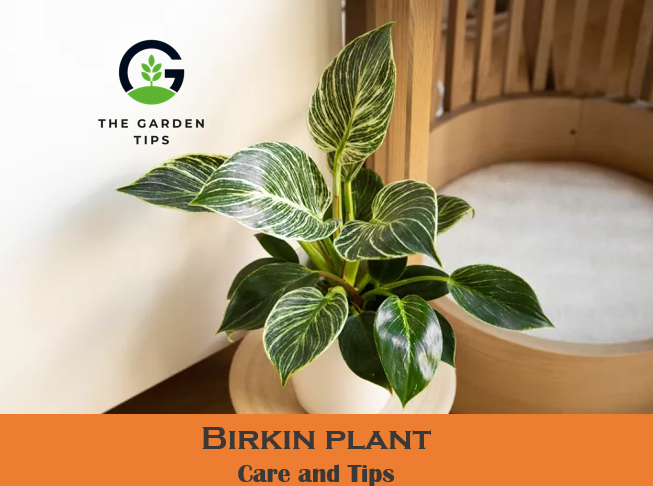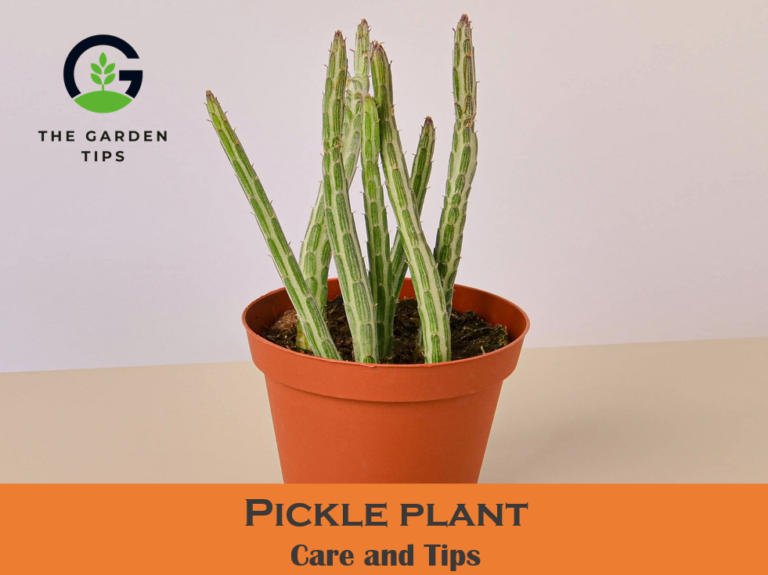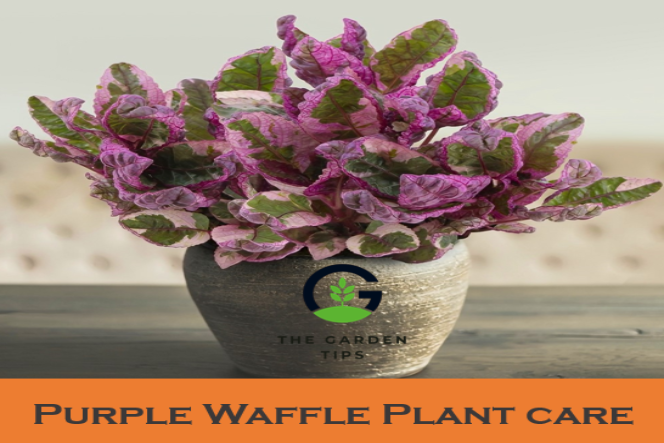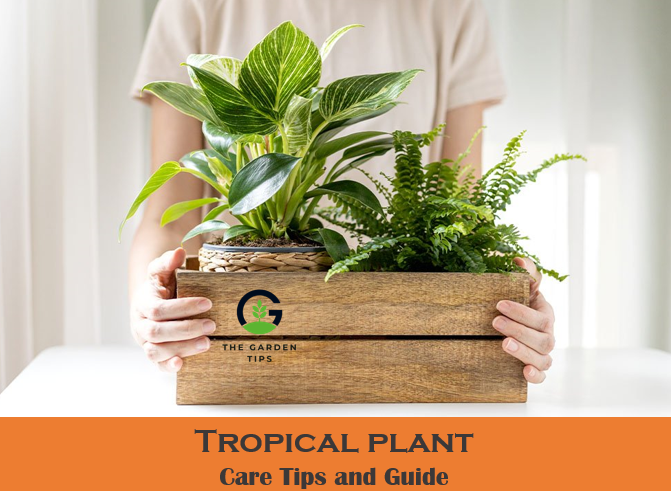A popular belief among some people is that it is worn by Jesus Christ during his crucifixion and was fashioned from the stems of this plant, thus giving rise to the name “crown of thorns.” The plant’s hardiness zones are 9-11. (USDA). It is commonly grown as a decorative plant in cooler climates. If you wish to grow it outside, give it lots of room.
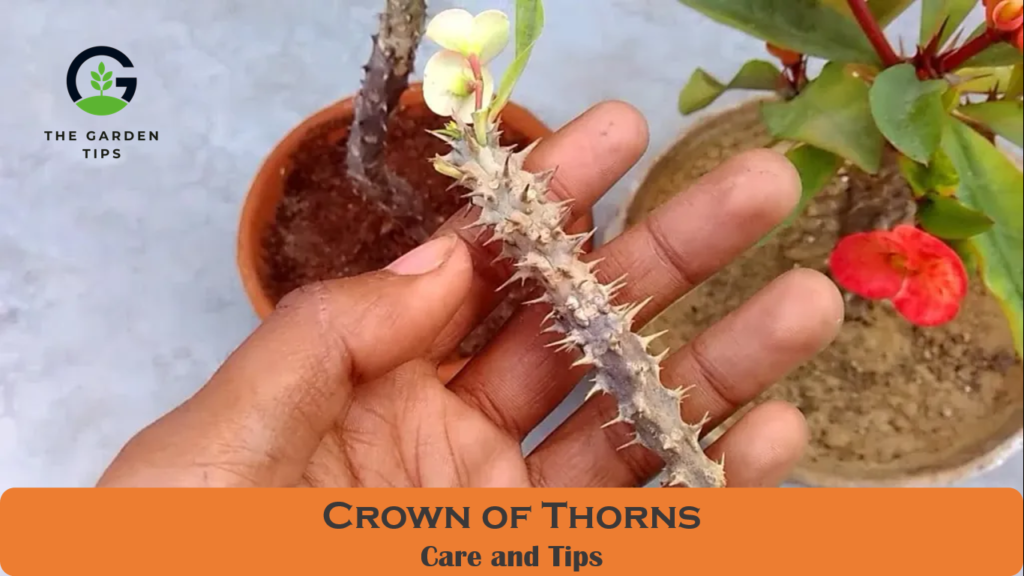
What is Crown of Thorns?
Its origins can be traced back to the continent of Africa. The Euphorbia milii (crowns of thorns), despite its unappealing name, is a stunning succulent plant that blooms almost all year round, even indoors. The fresh stem growth is accompanied by robust, vivid green leaves. The true blooms are tiny and green, covered by brightly colored bracts.
Despite the fact that it has the potential to develop into something like a woody shrub, the crown of thorns makes an excellent houseplant. The shrub-like form of this low-growing plant can reach a height of 3 to 6 feet in the outdoor environment. It will only grow to a height of about 2 feet if kept as a houseplant.
Is Crown of Thorns Indoor or Outdoor Plant?
Crown of thorns grown in containers can be used outside throughout the summer months to provide color and charm to any space. If temps fall under 50 degrees Fahrenheit at night, bring it indoors immediately. The crown of thorns can be kept indoors all year round. It’ll look great in any season if you put it in a window with lots of natural light.
What is the Light requirement of Crown of Thorns Plant?
Sunlight exposure has a direct correlation with the number of blooms a plant produces. In contrast, if the crown of thorns receives at least 3 or 4 hours of strong, direct sunlight every day, it is more likely to bloom consistently. When using it outdoors, try to set it in the most direct sunlight possible. During the winter months, keep your plant in a west-facing or south-facing window.
What kind of soil does crown of thorns need?
Make sure your soil is well-drained and gets plenty of sunlight if you plan to grow your plants outside. The plants will benefit from some midday shade in hot, dry conditions. Houseplants like a crown of thorns are quite versatile. Soil should be free of standing water, and the container should not be bigger than the root system of the plant. The roots may rot if there is too much soil on the surface.
Does crown of thorns like water?
Crown of thorns is tolerant to low water levels because it is succulent. Apply water to the soil to a depth of one inch. Water thoroughly and let the excess drain away. The roots of your plant will decay if they are left in water or moist soil for an extended period of time. During the winter, the crown of thorns plants go into a semi-dormant state and require less water and food.
What is the ideal temperature for Crown of Thorns?
Crown of thorns necessitates at least half of a day of direct sunlight in order to thrive. As far as temperature goes, 65 – 75 ° F is the ideal level of comfort. The low Temperature for a Crown of Thorns Plant is 50 degrees Fahrenheit, so don’t worry about turning the thermostat down at night. When you talking about Is crown of thorns like humidity? Then the answer is Yes. Because Euphorbia milii will flourish at any humidity level.
How often do you fertilize a crown of thorns?
You should feed the crown of thorns from spring to fall with a balanced inorganic fertilizer. Almost every time you water, mix the fertilizer to water with a half-strength and repeat this process. In the Organic option, you can apply compost, mulch, or any other option that fulfills your plant requirement.
How often do crown of thorns flower?
It is possible to have multiple blooms in a single year on a crown of thorns. In reality, the genuine flowers are the small green cores ringed by bright bracts that seem like petals. In spite of its sharp thorns, you can easily manage a crown of thorns by grasping one of its leaf’s branches or roots.
Are there different types of crown of thorns plant?
Yes. There are different varieties of the crown of thorns plant. While choosing a variety, keep in mind that hybridizers are always releasing new, eye-catching variants. Find a plant in bloom so you can be sure of what you’re getting and avoid any surprises.
Crown of Thorns Indoor Varieties
Red blooms and thick, juicy foliage characterize “Brush Fire.” “Creme Supreme” is characterized by its strappy leaves as well as creamy white bloom. Red blossoms adorn the “Short and Sweet” plants, which grow to a height of 12 to 18 inches.
Crown of Thorns Outdoor varieties
In California, hybrids are cultivated to have thick stems and huge flowers. Giant Crown of Thorns is a common name for them. Outdoor, Rosalie, and Saturnus cultivars are nice options.
Crown of Thorns Pests
Thrips, Mealy Bugs, and Scales are frequent houseplant pests that tend to avoid this harmful plant. To avoid damage of insects from this type of insect you must apply insecticidal spray as per the recommendation mentioned on the labels.
Crown of Thorns Diseases
Leaf spotting and botrytis fungal diseases are common in this plant. Root rot also affects this plant badly. This can be avoided by letting the soil dry out before re-watering it again. You can get rid of fungal diseases by applying fungicides.
How to Propagate a Crown of Thorns Plant?
The majority of the crown of thorns grown now are hybrids, rather than plants propagated from seed. So, you can choose the tip-cutting method to propagate.
Tip Cutting Propagation of Crown of Thorns
- Tip cuttings can easily be propagated
- Wear gloves and immerse each cut in warm water
- Allowing it to sit for a few minutes, to minimize the quantity of sap that comes into touch
- Before you plant them, let them dry and exudate for just a few days in the sun
- Select the soil which is ready to support the Crown of Thorns
- Carefully place a cut and cover the soil and apply the water
- In a few days, roots formation will be started
Crown of Thorns Common Problems
Is crown of thorns poisonous to pets?
Yes. The crown of thorns is a popular houseplant in cooler regions because of its ability to thrive in a variety of conditions. The sap of this plant, which is white as milk, is poisonous to humans, cats, dogs, and horses. Irritation and dermatitis can result from skin-to-skin contact. Ingestion is linked to symptoms in the digestive tract.
Why are my crown of thorns leaves turning yellow and falling off?
Without adequate care, the crown of thorns plants, like most succulents, can begin to lose their vibrant colors. Leaves begin to yellow and fall off more rapidly than usual if anything is amiss in their surroundings.
How do you treat fungus on the crown of thorns?
Most susceptible to fungal issues during propagation phases are all euphorbias, including Crown of Thorns. Immediate application of a broad range of fungicides after planting will safeguard the crop while it is establishing roots.
Why is my crown of thorns leaves curling?
Water stress and overexposure to the sun cause curled leaves and dark dry margins. It’s possible to grow Crown of Thorns without acclimating to the harsh rays, but it’s also possible to develop sunburn and environmental shock.
Why is my crown of thorns plant dying?
If a Crown of Thorns gets too hot and dry, or too cold to retain energy for growth, it will naturally drop its leaves. Taking a crown of thorns plant home may cause the leaves to turn yellow and fall off since the plant does not enjoy having its environment changed.
How do you revive a crown of thorns? How To Revive Your Crown of Thorns?
Whenever the crown of thorns becomes mushy as well as the leaves fall off or turn yellow, it’s time to transfer it to a bright, warm spot with plenty of air circulation to prevent this from happening again. Be sure to let at least half the soil completely dry out before watering the plant a second time.


